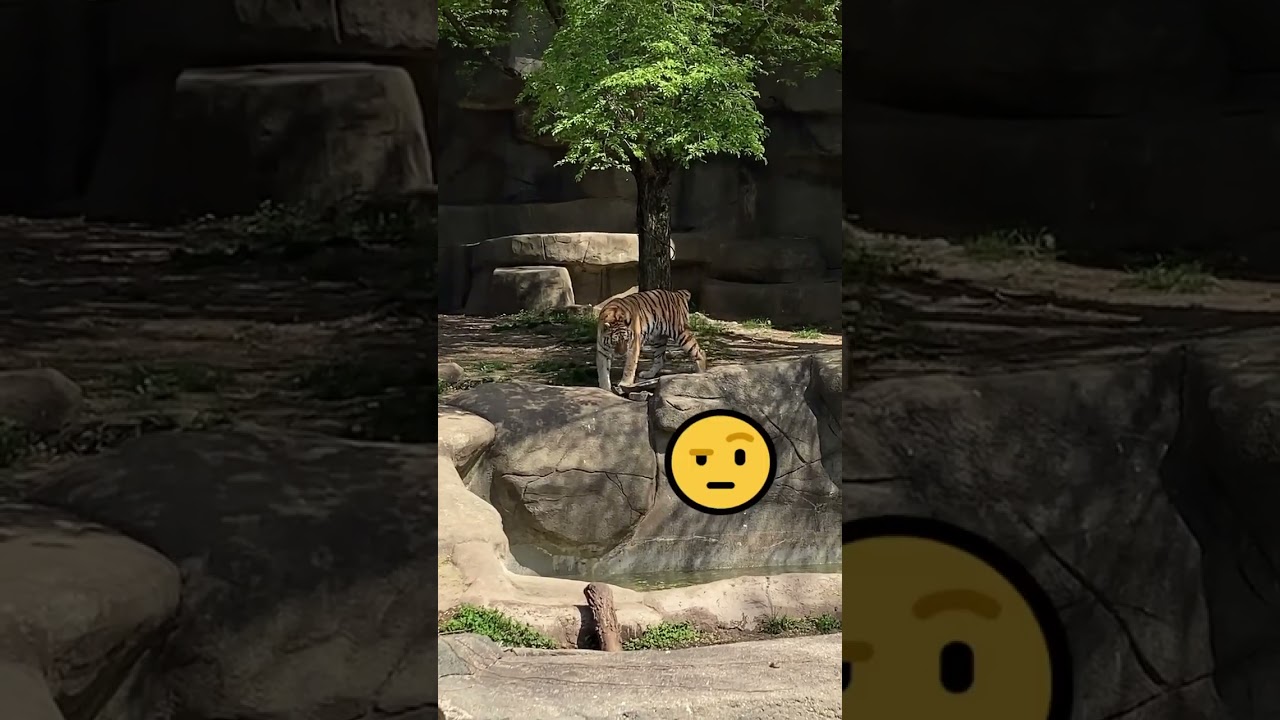– The biology and conservation status of the Amur tiger
– The significance of habitat and behavior in tiger management
– Challenges and strategies in preserving big cat populations
– The role of zoos in wildlife conservation and public education
– How cat lovers and the public can contribute to tiger conservation efforts
The Amur tiger, formerly known as the Siberian tiger, is one of the world’s most awe-inspiring creatures, evoking a sense of wonder and respect in all fortunate to behold them, either in the wild or captivity. With its striking stripes and powerful build, this majestic feline roams the forests of the Russian Far East, and smaller pockets can also be found in China and possibly North Korea, representing the largest of the tiger subspecies. However, this iconic predator is as threatened as it is revered; its survival hangs in the balance due to environmental and human pressures.
The natural history of the Amur tiger is as complex as it is fascinating. With a coat that can range in color from a rusty reddish-orange to a winter-white in certain individuals and stripes as distinctive as fingerprints, these tigers are perfectly adapted to their habitat. They possess thick fur and a layer of fat that insulates them against the frigid temperatures of their homeland. Equipped with powerful jaws and impressive canines, they are skilled hunters, preying on species such as red deer, wild boar, and even the occasional bear. Zoologists continue to marvel at the Amur tiger’s adaptability and resilience, key to its survival.
Yet, despite their adaptability, the Amur tiger’s conservation status remains precarious. Classified as Endangered by the International Union for Conservation of Nature (IUCN), its numbers in the wild are estimated at around 500 to 600 individuals. This scary figure is the result of a historical legacy of hunting and habitat destruction. Once ranging across the vast boreal forests of eastern Russia, northern China, and the Korean peninsula, the Amur tiger now occupies a mere fraction of its former territory.
Ensuring a future for these tigers lies in safeguarding their habitat and behavior nuances. Tigers require large territories for hunting and breeding, with an average male’s range covering up to 4,000 square kilometers (1,500 square miles). As such, habitat preservation is a critical component of tiger conservation. Conservationists work tirelessly to protect and connect forested areas to allow tigers to roam, hunt, and find mates without conflict with human populations. Tracking tiger behavior through camera traps and GPS collaring helps scientists understand their needs and patterns, informing more effective management strategies.
The challenges in preserving big cat populations like the Amur tiger are as diverse as the ecosystems they inhabit. Poaching remains a significant threat, driven by demand for tiger parts used in traditional medicine and as luxury items. In addition to direct threats, indirect factors such as prey depletion due to overhunting by humans can leave tigers starving and force them into conflict situations as they venture into human-inhabited areas in search of food. Climate change also casts a long shadow, its impacts on ecosystems putting further strain on tiger populations. Conservation strategies such as anti-poaching patrols, community engagement, and international cooperation are implemented to combat these threats.
Zoos play a pivotal role in conserving wildlife like the Amur tiger through captive breeding programs and educational outreach. Ethical and accredited zoos provide a safety net for species at the brink of extinction, maintaining genetically diverse populations that may one day be reintroduced into the wild. They serve as living classrooms, fostering a connection between the public and the plight of endangered species. Through careful management and public engagement, zoos can inspire the next generation of conservationists while contributing valuable scientific knowledge to the broader conservation community.
Caring individuals play an invaluable part in tiger conservation, and there are myriad ways for cat lovers and the public to engage in these efforts. By supporting organizations dedicated to wildlife conservation, adopting sustainable lifestyle choices, and spreading awareness, every person can have a positive impact. When properly managed, responsible tourism can provide economic alternatives to communities and incentivize the protection of natural habitats. By becoming informed and involved, every person can contribute to shaping a future where the Amur tiger continues to stalk the forests of the Far East, a living symbol of the wild’s enduring wonder.
The story of the Amur tiger elicits both awe and a fierce desire to protect. These captivating creatures stand as testaments to the beauty and fragility of our planet’s biodiversity. As we grapple with conservation challenges, the Amur tiger remains a beacon of the resilience and majesty of nature, reminding us of what is at stake and the tireless work required to preserve it. Through the concerted efforts of scientists, zoos, and the public, there remains hope that this remarkable big cat will continue to grace our world for generations.
*****
Source Description


